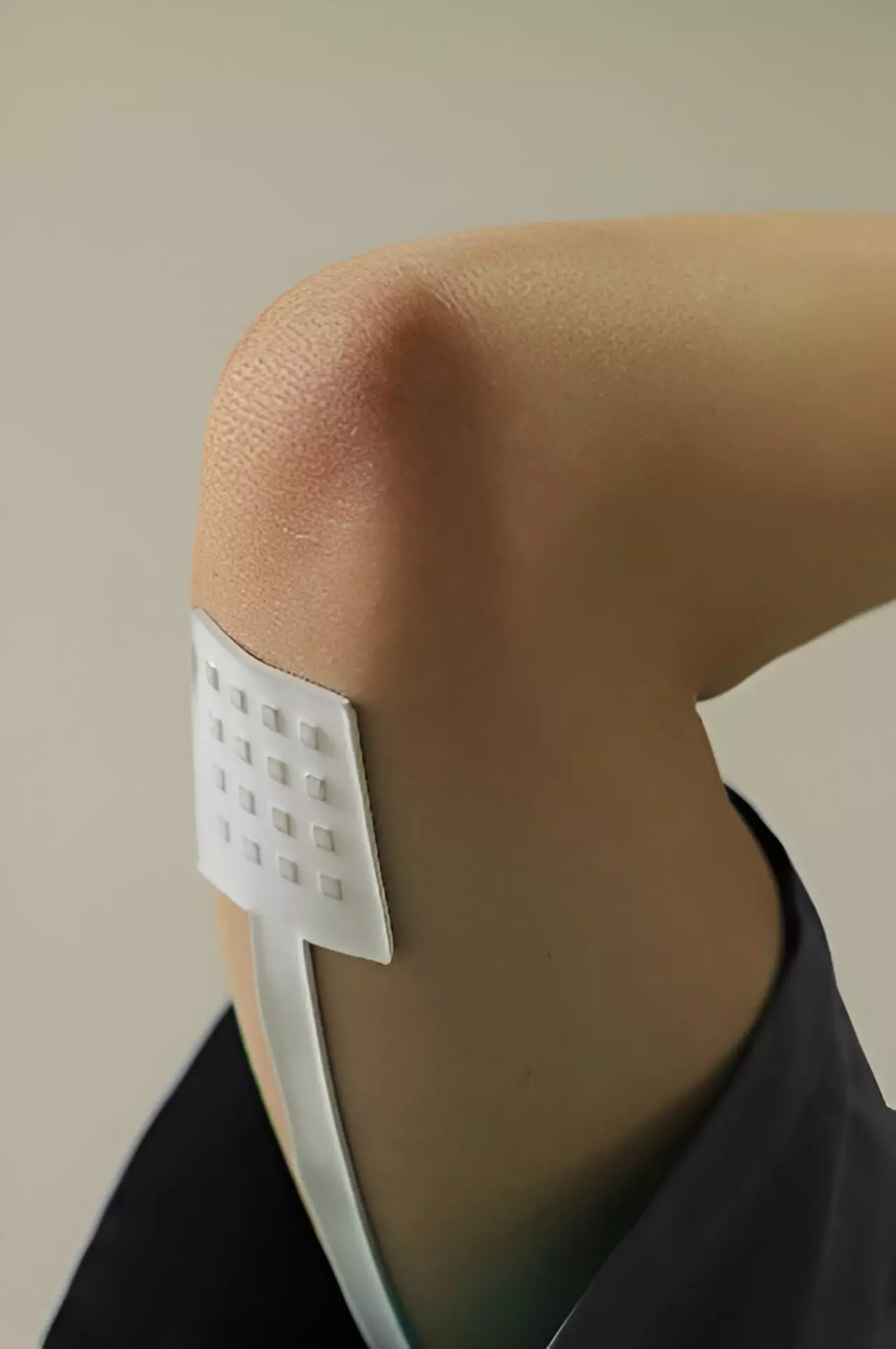Research continues to explore innovative materials and technologies that can significantly enhance the way we interact with our environment. One such development is the advent of flexible tactile sensors that promise to revolutionize how biomechanical signals are monitored from the human body. Recently, Peking University researchers unveiled a sophisticated set of modular tactile sensors employing advanced 3D micro strain gauges. This technological advancement not only offers remarkable pressure mapping capabilities but also facilitates the wireless monitoring of various mechanical signals, including temperature, normal force, and shear force.
The Mechanics of 3D Micro Strain Gauges
At the core of this innovative technology are 3D micro strain gauges, which represent a significant departure from traditional planar strain gauges. Han Mengdi, a leading researcher in the study, elucidated that transforming these planar structures into 3D allows for improved sensing flexibility and enhanced spatial density. The 3D gauges harness thin-film stress, ensuring that they maintain consistency and stability, which are vital for accurate biomechanical sensing. This method also emphasizes integration compatibility with microfabrication processes, allowing for efficient miniaturization that can be essential in wearable technology.
Customization and Adaptability
One of the most compelling aspects of the newly developed sensors is their customizable nature. Chen Xu, a doctoral student involved in the research, explained how variations in the design—including the shape of the 3D microstructures and the thickness of layers—can be tailored to fit specific applications. This flexibility signifies a watershed moment where sensors could be finely tuned to meet a plethora of demands, making them applicable in diverse fields ranging from robotics to healthcare. This adaptability is integral in developing “electronic skin” solutions that could potentially serve a multitude of functions, such as monitoring vital signs or enhancing robotic dexterity.
The intricate design of these flexible sensors also facilitates the precise decoupling of normal and shear forces. Yiran Wang, another key figure in the research team, emphasized that this capability allows for a nuanced understanding of external forces acting on the skin. The sensor’s architecture comprises four 3D micro strain gauges arranged orthogonally, enabling accurate readings of force direction and intensity. This detailed mapping is pivotal in applications that require meticulous interaction with physical stimuli, offering advancements even in fields like virtual reality and prosthetics.
The versatility of these sensors opens doors to a myriad of potential uses. In robotics, for instance, enhanced tactile sensitivity can lead to advancements in robot interactions with human operators, making collaboration safer and more efficient. In biomedicine, the ability to monitor biomechanical signals can revolutionize patient care, offering real-time insights into muscle and joint performance. Furthermore, the consumer electronics landscape could see significant innovations, with devices becoming much more responsive to user interactions than ever before.
The pioneering work by the researchers at Peking University marks a substantial progression in the realm of flexible tactile sensors. By leveraging 3D micro strain gauges, they have initiated a path toward creating advanced electronic skins that could transform both medical diagnostics and reactive technology. The implications of such innovations are vast, signaling a future where technology seamlessly integrates with human physiology to enhance quality of life, improve precision in various fields, and foster greater human-machine interactions. With continued research and development, we may soon see a tangible impact from this revolutionary sensor technology in everyday applications, leading to a fundamentally changed landscape in both personal and industrial uses.


Leave a Reply